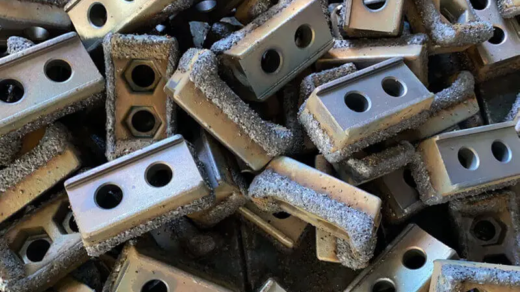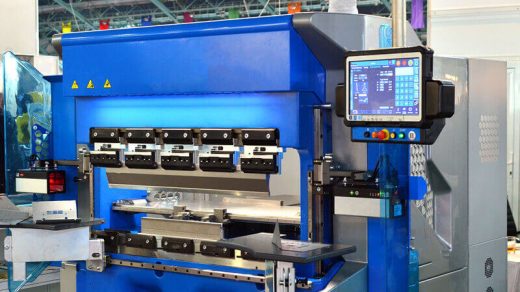In the automotive industry, forging car parts have become a crucial manufacturing process due to its ability to create robust, durable, and high-performance components. Whether it’s engine components, suspension parts, or transmission gears, forging plays a significant role in producing reliable car parts. In this article, we will explore the five major features of a good forging car part.
Strength and Durability
Forging involves heating the metal to a specific temperature and then applying compressive forces to shape it. This process rearranges the metal’s grain structure, resulting in improved mechanical properties such as higher tensile strength, fatigue resistance, and toughness. These enhanced characteristics make forged car parts highly resistant to wear, impact, and deformation under extreme conditions, ensuring a longer lifespan and reliable performance on the road.
Precise Tolerance and Dimensional Accuracy
Automotive engineers demand precise dimensional accuracy for car parts to ensure proper fit and alignment in the assembly process. Forging allows manufacturers to achieve tight tolerances, ensuring that the final components meet the exact specifications required. Unlike other manufacturing methods, forging minimizes the need for additional machining, reducing material waste and production costs while maintaining top-notch accuracy.
Consistent and Uniform Microstructure
A crucial aspect of forging car parts is the uniformity of the microstructure throughout the component. The heating and compressive forces applied during forging help refine the grain structure, resulting in a homogeneous material with consistent mechanical properties. This uniform microstructure enhances the part’s performance and minimizes the risk of defects, such as voids and inclusions, which could weaken the component.
Improved Fatigue Resistance
Fatigue failure is a common concern in automotive applications due to the constant cyclic loading experienced by various components. Forging is known to significantly improve fatigue resistance by aligning the grain structure along the expected stress lines. This aligning reduces the likelihood of crack initiation and propagation, making forged car parts more reliable under repetitive loading conditions.
Cost-Effectiveness
The initial investment in tooling and equipment might be higher compared to some other manufacturing techniques, but the long-term benefits outweigh the costs. With the enhanced durability and longevity of forged car parts, vehicle owners can enjoy reduced maintenance expenses and lower chances of unexpected breakdowns, leading to greater customer satisfaction.
For quality and reliable forging car parts, check the link.


